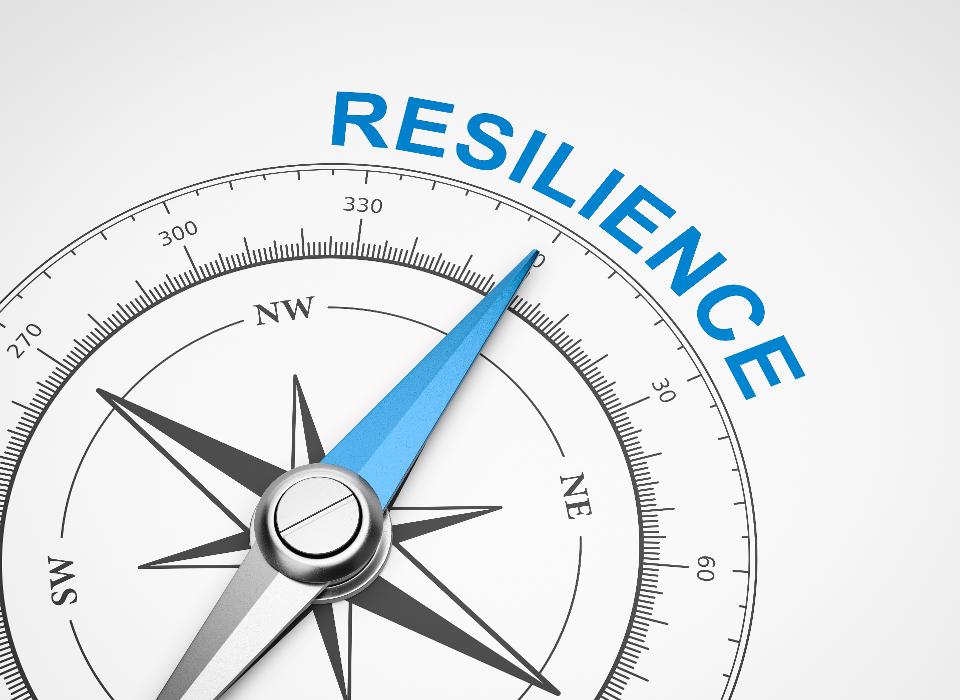Month: February 2016
Re-examining #Resilience
Take a moment and consider your current understanding of the word “Resilience.”
A Question:
Do you consider your understanding of #resilience to be deep, or surface level? It seems that in our day-to-day culture the word has become more of a descriptor of character or action, rather than as a true understanding that the word more accurately describes a person’s ability to persevere through an adversity, a challenge, a trauma, a life-changing circumstance, and to demonstrate a strength in their resolve that comes from the experience.
What is true #resilience?
It’s not just about winning a sporting event, or getting through a test, or even making it through a day. It’s more about having and demonstrating the ability to recognize that whatever the adversity was, or is, was more than likely not a personal descriptor of the individual experiencing that adversity, but something that has occurred to them, that they have dealt with, and have learned from. Resilience is about overcoming, battling through, surviving, and growing from adversity, and limiting the negative impacts from derailing future success for that person.
What does research say?
Researchers have recognized the ability of an individual to reframe events so that they do not internalize them, and use the adversity as a means for growth and success. For many people these challenges are recognized as launching pads for new ideas, new strategies, new ways of acting, or for new ways to limit the impact of adversity from negatively affecting themselves any longer. The stories are numerous of those individuals who have come through adversity, and who then have not only improved their lives, but the lives of others.
Locus-of-Control
Further, it has been found that those that demonstrate resilience tend to have a firm locus-of-control on where the problem exists, how it came about, and they are able to distance themselves from the trauma. Now, this doesn’t mean that people don’t feel the pain from trauma, or are not affected by it, yet they tend not to own it, ruminate over it, and allow it to remain in their frontal lobe exhausting their energy, resources, thought process, or ability to move forward.
Reframing Skill
So, if the ability to maintain a powerful locus of control, and to reframe events to be able to limit their negative affects on us are two assets that can be utilized to build resilience, then why wouldn’t we seek to support the development of these skills in our children and each other. If people can learn to reframe, if they can distance or remove themselves from traumatic events, then they have more of an opportunity to demonstrate resilience, and to enhance this skill for when they will need it in the future.
Variance
We know that one person’s challenge is another person’s trauma, and that each person may react differently to the same circumstances, and in turn may react on different timelines to trauma, and this makes the point even more important that we must seek to build the resilience of our children, and each other, each day, for we never really know when the next traumatic event might initiate a down-turn for ourselves or someone in our world.
The challenge
Let’s build each other up! Let’s build skills in each of our children! Let’s build resources in our communities! Let’s share the message of supporting the development of Resilience skills in our children! Let’s focus our energies on engaging, supporting, and providing the healthiest environments that we can for all of our children!
Are you with me? I hope so!
Robert A. Martinez, Ed.D, @ResiliencyGuy on Facebook: ResiliencyGuy
Dr. Martinez is the Assistant Superintendent of Human Resources in the Fairfield-Suisun Unified School District, and has been focusing on building the idea of Transformational Resilience in people, our schools and our communities. He also co-moderates #Resiliencechat on #twitter each Monday night at 7:00 PM PST.

